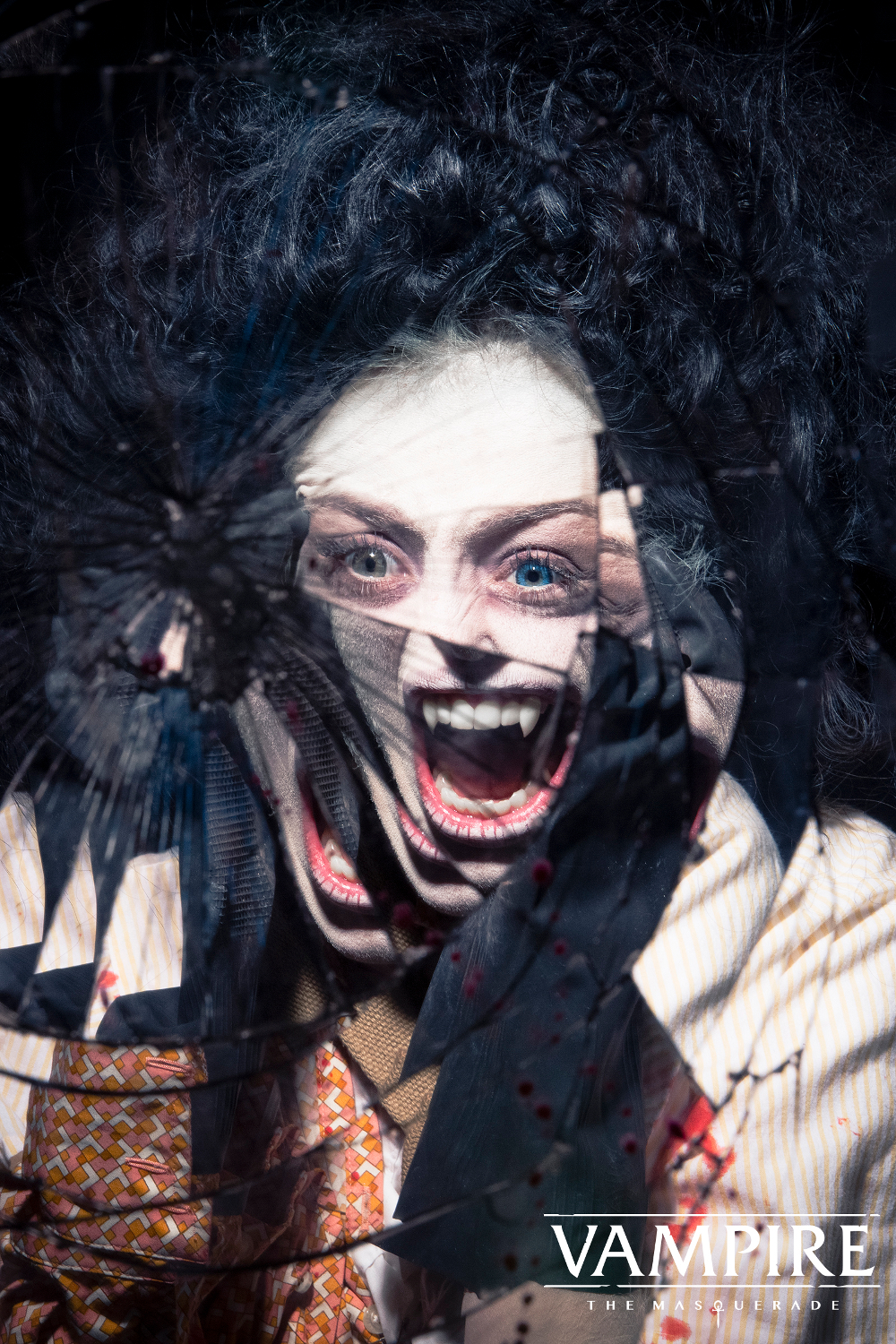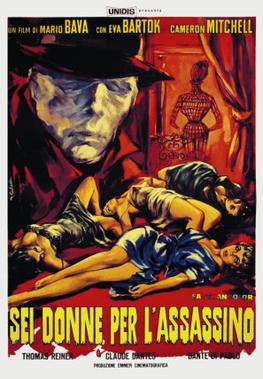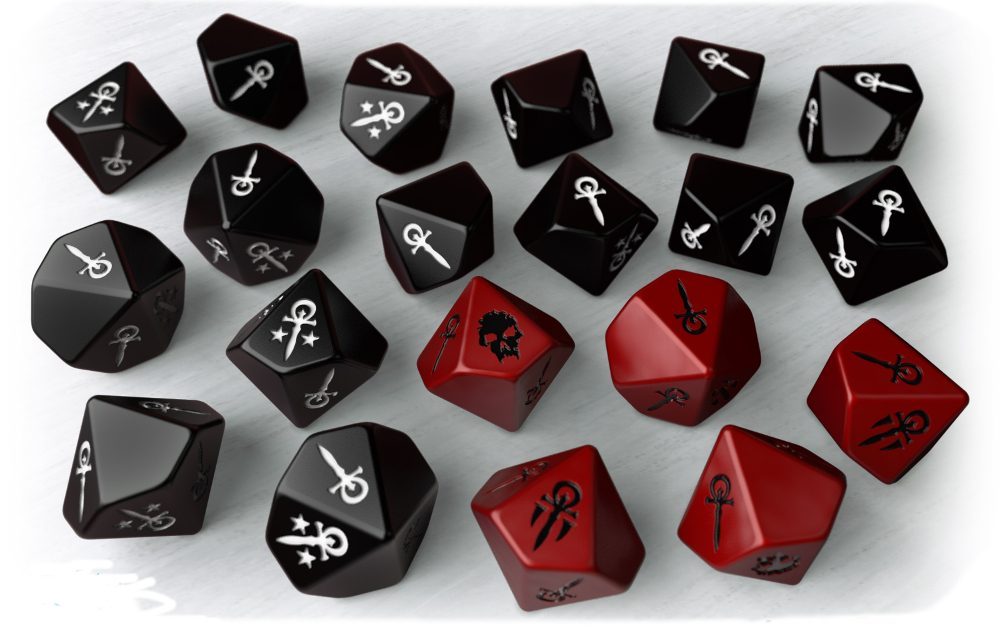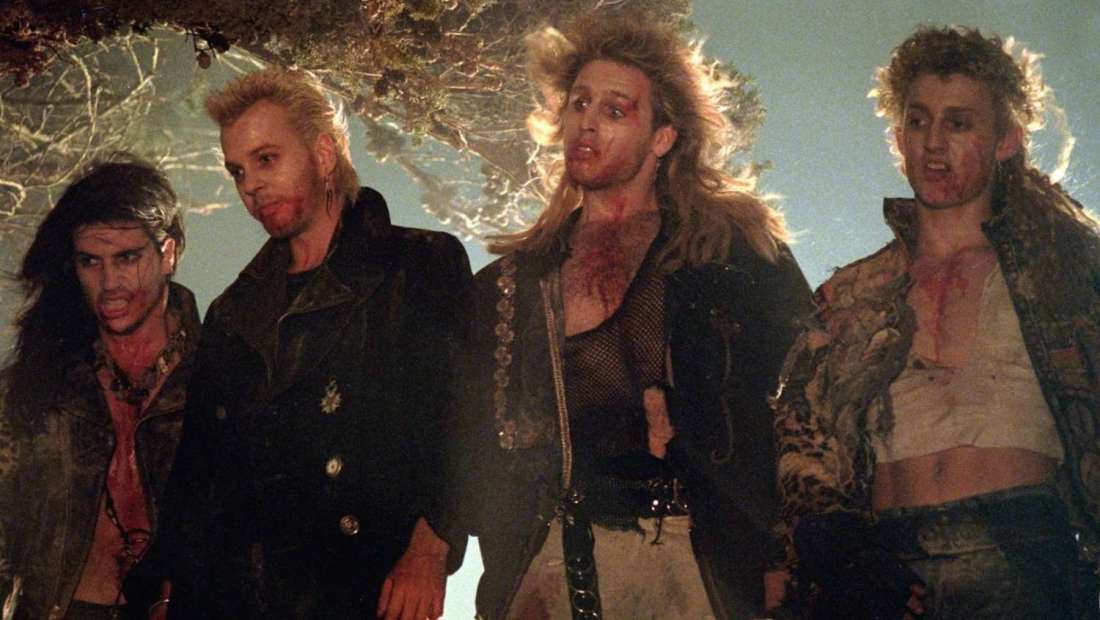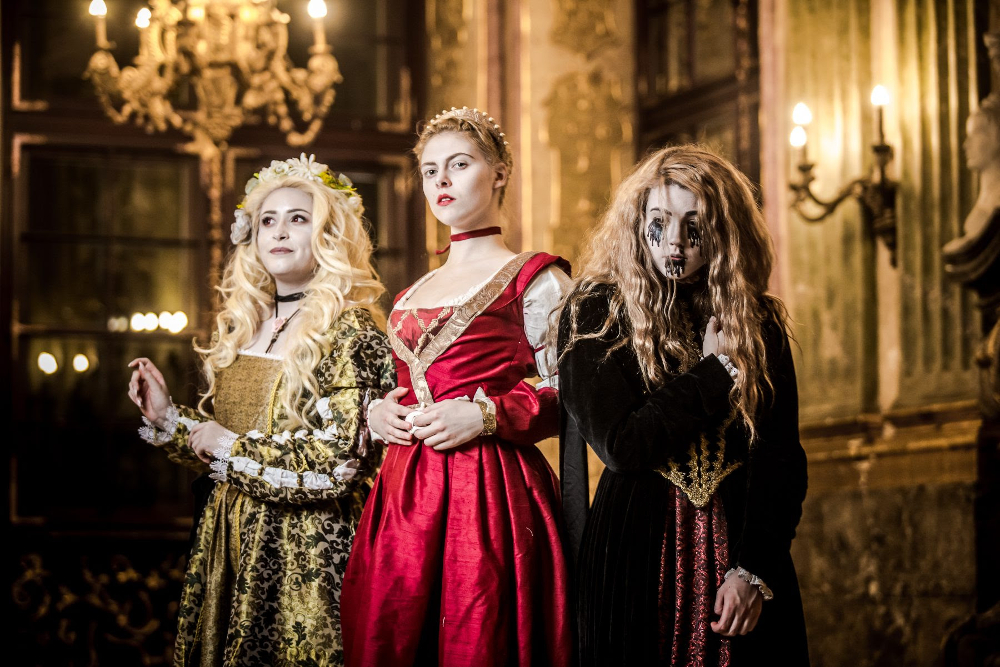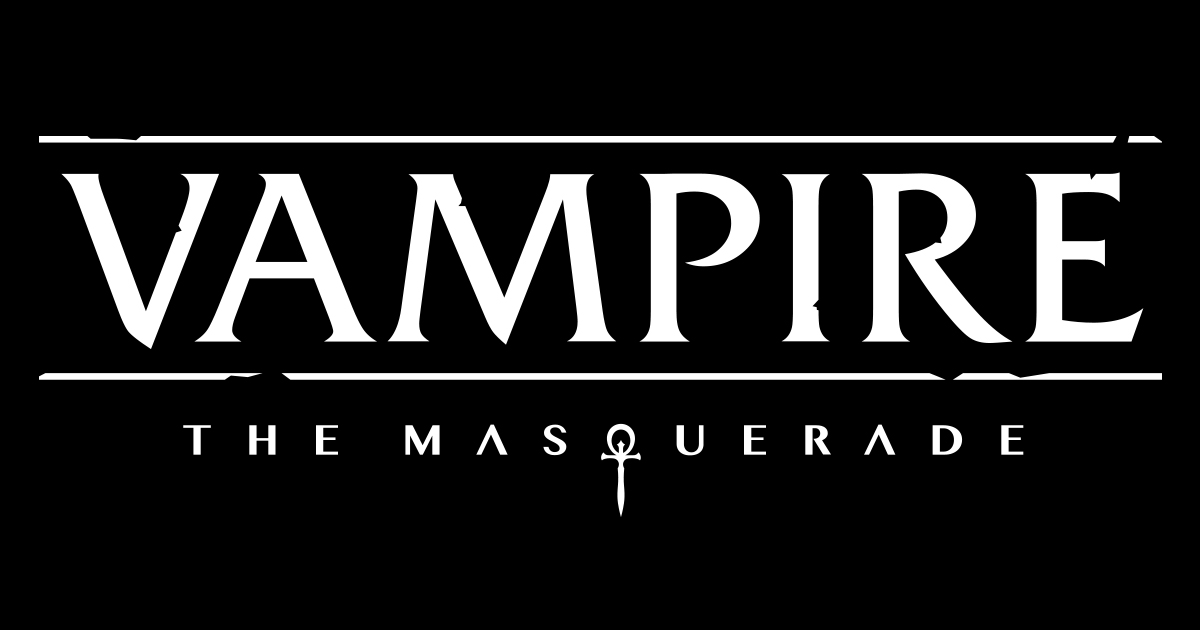Cover Stories: Should You Be Playing V5?
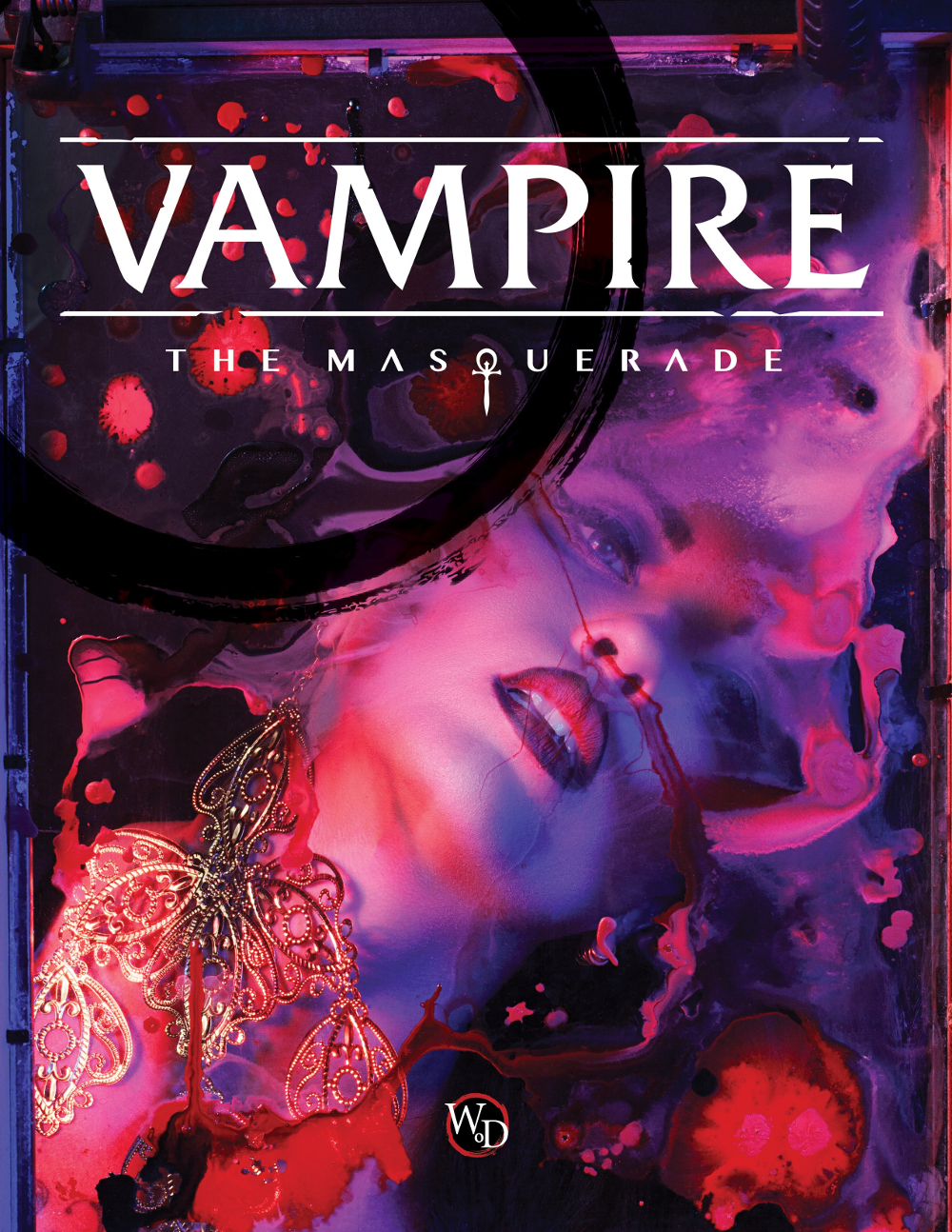 On December 20, 2018, it was announced by White Wolf that Modiphius Entertainment would be taking over the brand management direction for Vampire: the Masquerade, the the latest change in a long and storied history of rights changes of the 27 year old game. Modiphius had handled the distribution of the latest edition of Vampire: the Masquerade – referred to in marketing as “V5”, or Vampire 5th Edition. The announcements came nearly simultaneously from both White Wolf and Modiphius, along with an open job posting for a brand manager for the World of Darkness IP from Paradox Interactive, the company who owns White Wolf.
On December 20, 2018, it was announced by White Wolf that Modiphius Entertainment would be taking over the brand management direction for Vampire: the Masquerade, the the latest change in a long and storied history of rights changes of the 27 year old game. Modiphius had handled the distribution of the latest edition of Vampire: the Masquerade – referred to in marketing as “V5”, or Vampire 5th Edition. The announcements came nearly simultaneously from both White Wolf and Modiphius, along with an open job posting for a brand manager for the World of Darkness IP from Paradox Interactive, the company who owns White Wolf.
This announcement came hot on the heels of yet another scandal erupting on social media surrounding early reviews of White Wolf’s Guide to the Camarilla, its first supplement for V5. This scandal was the latest of several problematic issues which plagued V5’s production, leading to a release that could only be called troubled at best.
However, this management change was nothing short of one of the biggest news breaks in RPG publishing in 2018.
And so, before we talk about the merits of the game itself, we must first ask: how did we get here?
Where We Are Coming From
To even begin to answer that, you first have to understand the history of Vampire: the Masquerade, the World of Darkness, and White Wolf Entertainment. Those who have read my previous tabletop review series on this site will recall that I have tackled the subject of the World of Darkness at length (You Should Be Playing, Part I and Part II), along with its estranged descendant, Vampire: the Requiem. Indeed, my love of World of Darkness’ Wraith: the Oblivion was immeasurably formative on me as a storyteller and aficionado of roleplaying games in general.
With all that history in place, making it one of the preeminent RPG series for over two decades, what happened to make its latest iteration, V5, such a lightning rod for scandal and disaster to the point where the parent company of the studio who owned it effectively handed off creative control to a third party? This would be like Activision stepping in, taking World of Warcraft away from Blizzard, and handing it to Bungie to run instead. White Wolf is the house built by Vampire: the Masquerade, and in many ways it’s the sole reason why the studio still even exists.
The first real step came when Paradox Interactive resurrected White Wolf in 2017 as an independent publishing studio within their ranks, with the intent of White Wolf heralding a new World of Darkness line of games, starting with a new version of its marquis product, Vampire: the Masquerade. For the intervening years between White Wolf shuddering in 2012 and its rebirth five years later, its World of Darkness games were managed and published by Onyx Path Publishing, a mostly independent studio funded principally through highly successful Kickstarters. While Onyx Path’s efforts were beloved by the community, many were eager to see just what a AAA game studio could produce for the World of Darkness, as a slick, professional product would be almost guaranteed.
And then White Wolf announced “We Eat Blood and All Our Friends are Dead”, a piece written by Zak Sabbath and Sarah Horrocks. And thus began White Wolf’s first scandal with the new Vampire: the Masquerade.
A Squandered Opportunity
While you can check out a more in-depth examination of the entire scandal, the short version is that Zak Sabbath, AKA Zak Smith, is a provocateur and personality in gaming. He is an adult film performer, an award-winning artist and game designer, and the star of an online series dedicated to playing D&D with adult film stars. He has also been accused of harassment, which is its own extremely messy subject that we don’t need to get further into save to put it this way: it was a controversial choice. And it was a controversy which left a large portion of White Wolf’s fan base feeling uneasy.
Still, the fans of Vampire: the Masquerade mustered onwards. They followed its production and reviewed its early drafts only to come across further issues and concerns. As was covered by Polygon, White Wolf came under fire for certain parts of new V5 content in light of the rising presence of the alt-right and other pro-fascist groups in Europe and the United States.
While the head of White Wolf Publishing came out strongly against this accusation, it was still a negative mark on the company’s fledgling project. Many of the game’s fans were now primed to look for content which pushed the boundaries of what was acceptable, and when V5 hit the shelves in the summer of 2018, it came with some of those problematic elements still intact but not unchallenged. Extensive community discussions ensued covering matters of consent and subject matter, examinations on how to play a game about predators feeding on the weak and the vulnerable, and the sort of gravitas such subject matter requires. Within the final version of V5, White Wolf even crafted a full essay about how the World of Darkness rejects fascism, and those who come to it looking for material to live out their power fantasies should examine their lives carefully to find where they have gone wrong.
This essay, however, did not come in the physical copy of the sourcebook.
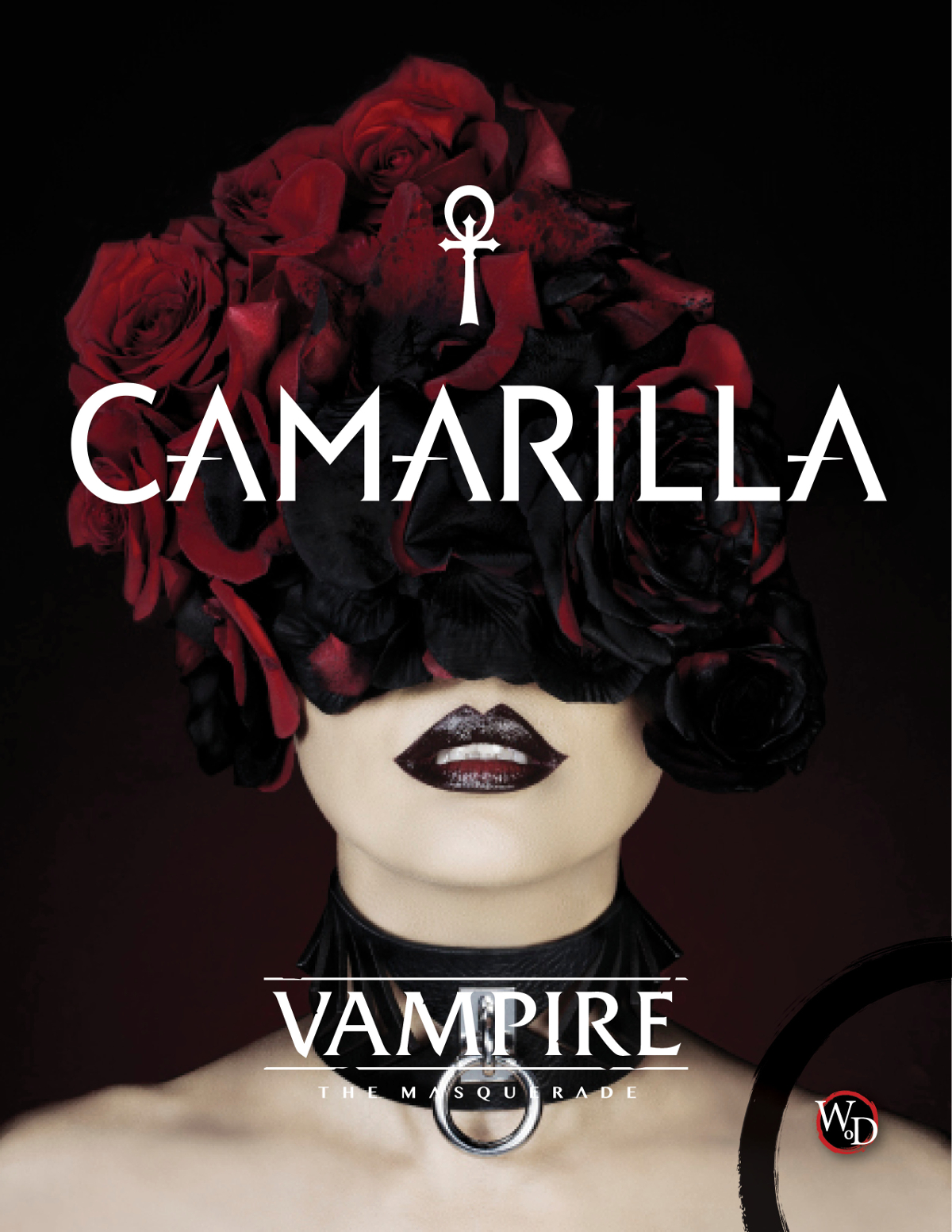
That the book which created the flash point for V5 is about the secretive Camarilla is not without some irony
While my initial read of the product left me overjoyed at its inclusion, the fact that it can’t be found in brick & mortar copies was a highly disappointing missed opportunity. Although I’ve been assured by the PR staff at White Wolf that the physical books come with a download code to access additional material online such as this essay, its lack of a printed existence made it feel like more of an afterthought than an included feature of the game. What I had thought to be a brave stance directly challenging those who came to Vampire over the years for the reasons of its intoxicating power fantasy felt more like an optional set of expectations, something included to simply make the critics quiet. It was a band-aid on a freshly opened wound twice its size, revealing a network of scars we hardly could remember getting.
Then came the Guide to the Camarilla, and its implication that the targeted murder and violence against the homosexual men of Chechnya was simply a vampiric black flag operation being blown out of proportion by Western media. And the internet (rightfully so) lost its mind.
The Gameplay
When I started this review, what I desired and even intended to write about was how the new version of Vampire: the Masquerade felt, how it played, how it had changed. So let’s get that out of the way, if nothing else than to better provide context as to why the game has been such a challenging conversation in the RPG community.
Thematically speaking, V5 is a gorgeous game. The art direction paints the World of Darkness in a palette of neon and shadow, creating a night drenched in the two-tone extremes reminiscent of a Giallo film, where flesh is cheap and blood is rich. As deep as the history of the World of Darkness goes, it is impossible to escape the pressing urgency of the modern, however.
Survival as a kindred (vampire) in V5 is a titanic, nightly struggle against your own worst nature in a world which couldn’t care less at how much of a monster you are just to get by. Gone is the Cold War era struggle between the monolithic Camarilla and Sabbat sects, and in its place is the very present conflict of the Old Predators versus the New Idealists, during a time which might very well be the end of the world. The Camarilla and the Anarchs sects are fighting a war which could become utterly irrelevant once either the Second Inquisition (a clandestine network of human hunters) or the Antedeluvians (the vampire progenitors) succeed at simply wiping all kindred out. As much as Vampire: the Masquerade was a product of the 1990s, V5 is shaped by a world standing on the precipice of a surveillance-backed police state, a perpetual war of ideology and insurgency, and a literal rising tide of global climate change.
The game’s traditional Blood Point system has been replaced by a more dynamic Hunger system, serving as a constant reminder that the only true satisfaction a kindred can know is in taking a human life as part of their feeding. Blood Resonance encourages kindred to be picky about who they eat, choosing their targets along lines meant to enhance their existing natures. Every kindred must also have a means of predation, a fundamental choice in how they feed from their victims, only one of which happens to be consensual. Each of the seven Clans of the Camarilla are provided descriptions and rules, with some interesting updates to their iconography and identity. Yet it is the Thin Bloods – unaffiliated kindred vampires generally weaker than other kindred due to generational fatigue – who are the true stars of the show. Only vaguely sketched out in previous editions, as of V5 this is now a group with better agency, giving them a liminal state between the day and the night. My first instinct upon reading the book was to run a Thin Blood game called The Hangover, where a group of party kids wake up to discover they are now vampires and everyone else is dead, and it feels like V5 was literally written with this kind of game in mind.
One Step Forward, One Step Back
The setting update for V5 writ large, however, is where things get more problematic. The introduction of a Second Inquisition, as well as the destruction of the Vienna Chantry and the fall of London as a stronghold location adds wonderful new wrinkles to the game. It’s an excellent future-facing choice for the game in a world where nearly everyone in the West has a camera with an internet connection in their pockets and governmental agencies can freely exchange information behind closed doors. The rise of the Thin Bloods is also another point of modernity, where kindred are less the immortal masters of the night and more of an addict hunting for their next fix.
On the other side of that is the concept of the Gehenna War and the Sabbat embracing a radical restructuring as a cell-based ideological terrorist organization fighting to end the world, in a nearly cartoonish depiction of groups like ISIS and Al-Qaeda. While it’s a positive shakeup that the old hierarchy of the Camarilla are pulling up stakes to fight a war in Western Asia and Northern Africa, it speaks nothing of the situation in China and non-Western powers and their involvement in the region. Moreover as a result of this V5 reframes the spread of kindred as part and parcel to the spread of Colonialism itself, likening its vampires to the many diseases brought by Europeans to the indigenous populations around the world while ignoring, say, the origins of kindred in Africa, along with the many great civilizations of Africa which would have been shaped by the presence of the kindred.
As a game, Vampire: the Masquerade V5 is a worthy successor to the storied history of its legacy up to this point. It updates the World of Darkness for 2018 and provides everything you need to play a game of personal horror set against a backdrop of ancient conspiracies and looming Armageddon. Whether you are playing the board room feudal lord from another age or the back alley thug stalking the night, V5 gives you all the tools to go on a very personal story about how fun it can be to be a monster.
The question it has trouble with, however, is should you? Should you play V5?
A Complicated Relationship
To answer that, let me tell you a story.
Once upon a time, I helped run a Vampire: the Masquerade LARP at my local university. The head storyteller of this LARP created a city where he portrayed a Prince borne to privilege and power, who ruthlessly dominated and abused those beneath him. He lived out a nightly power fantasy, claiming to those who worked with him that he did these things to push the players of the game past their boundaries, to make them exceed their limitations. If he did not push them to hate the Prince with their every waking thought, he was not giving them an authentic, worthwhile experience.
And yet every challenge to his power was struck down. Those who played into his games and cut down others were rewarded with his favor, and the Prince’s own particular feeding habits not only drove multiple women players out of the game, it fell to me as a player liaison to the LARP and the gaming club which operated it to handle their charges of sexual harassment.
This was in the early 2000s, and things were different then. I was younger and less certain of myself. My investigations into the charges always resulted in the same scenario: the Prince isolated them, caught them alone, then fed on them. There was no physical contact, nor even the use of vampiric powers to eliminate the memory or force future consent. But the experience was usually still unsettling enough that most of them straight up left the game. Others went through the same experience and stayed; they did not complain. Some of them even became his friend. And all of this fell into the narrative the storyteller wanted to tell: the Prince was a monster who needed to be stopped. Yet no one did. No one could. The game would not let it happen.
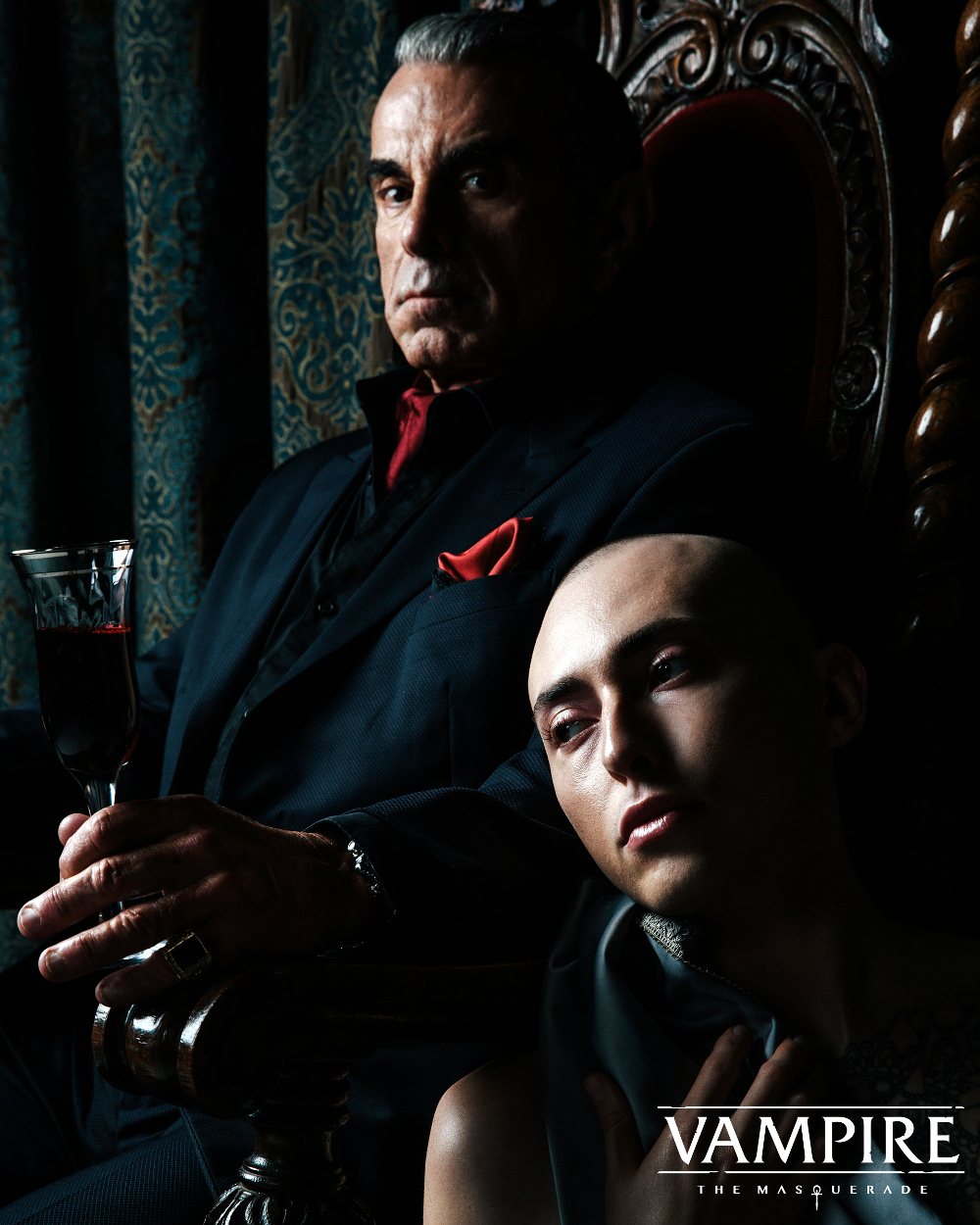 In general, I have a hard time describing this man as a genuinely bad person, but Vampire: the Masquerade empowered him to be a predator, and he did so in the guise of trying to tell a better story. And I did not stop him. Eventually though I quit the game and joined the push to have the LARP moved off campus.
In general, I have a hard time describing this man as a genuinely bad person, but Vampire: the Masquerade empowered him to be a predator, and he did so in the guise of trying to tell a better story. And I did not stop him. Eventually though I quit the game and joined the push to have the LARP moved off campus.
It has been over a decade now, and I maintain a reasonably good friendship with many of the players of that game, the head storyteller included. But what I allowed to happen haunts me, and it has informed my relationship to Vampire.
Nor, as it turns out, is my experience in this unique. In researching this article I could not avoid the scores of stories like mine, of how many people over the years have been seduced by the game of Vampire: the Masquerade, of how they have watched otherwise normal people get too into the seductive world of the privileged predator, and how that world changes. Vampire: the Masquerade holds up a dark mirror to our soul, and too many people find that they like what they see.
The Takeaway
Vampire: the Masquerade V5 is a game of personal horror, where we roleplay as monsters who must predate on human beings to survive and find some way to live with the evil that we are committing. Maybe the game will teach us to recognize how evil can taste like power, and power tastes incredibly good. Maybe the game will teach us how to recognize those who are vulnerable, and how they can be taken advantage of. Maybe the game will make us a better person. Or maybe V5 simply shows us what some people will do when they are given power without repercussions.
V5 is an earnest attempt at modernizing the World of Darkness for the current era with some interesting updates to the lore and mechanics, but it does so unevenly. It brings to the fore many present day issues that our society is actively grappling with in the process, manifested in several of the game’s more controversial changes. And so, try as I might, I cannot answer the question of whether you should play V5 – you are going to have to answer that question yourself.
Just be careful when you do, because this is not the 1990s, and we are not the children we once were.
Editor’s Note: A previous edition of the review referred to allegations of sexual harassment regarding Zak Smith and an author omission. The former has been removed and the sentence amended slightly for better accuracy and the latter has been added.
David Gordon is a contributor to the site. A storyteller by trade and avowed tabletop veteran, he is always on the lookout for creative tabletop games. He can be reached at dave@cardboardrepublic.com.
You can discuss this article and more on our social media!
Photo Credits: World of Darkness images by Modiphius Entertainment and Dziobak Larp Studios; The Lost Boys from Warner Bros


